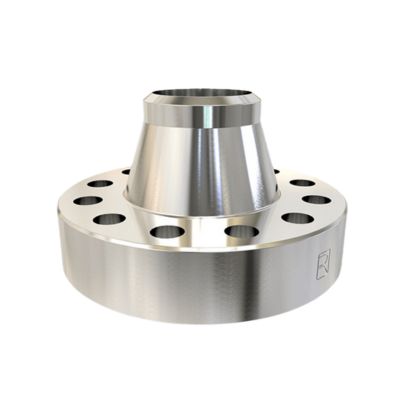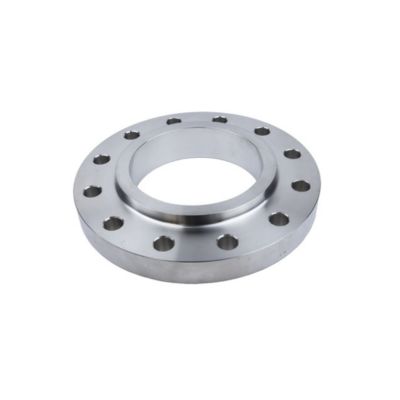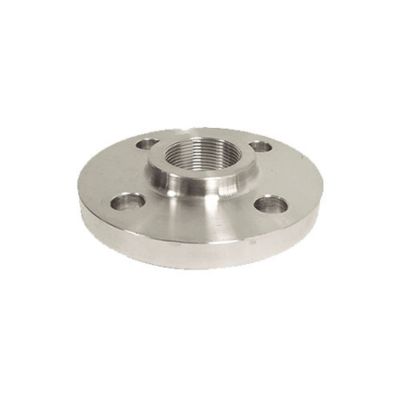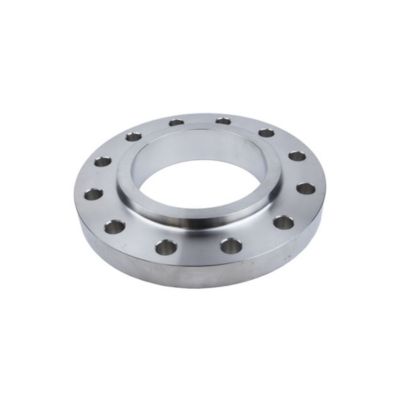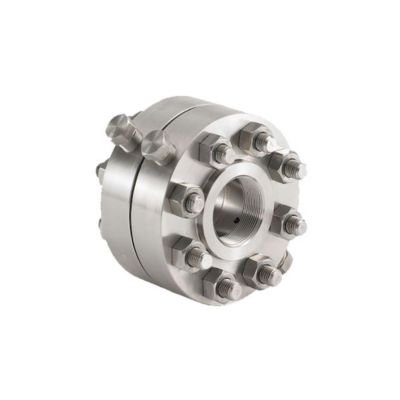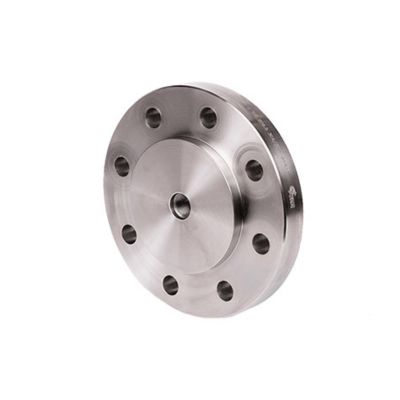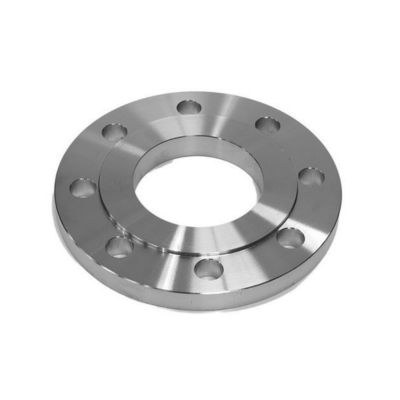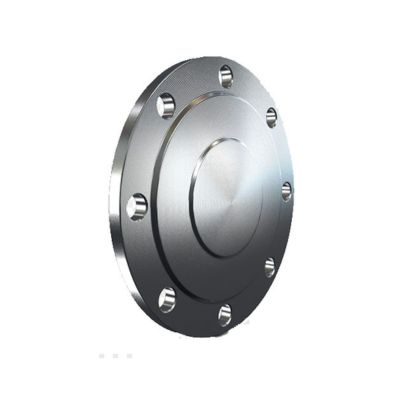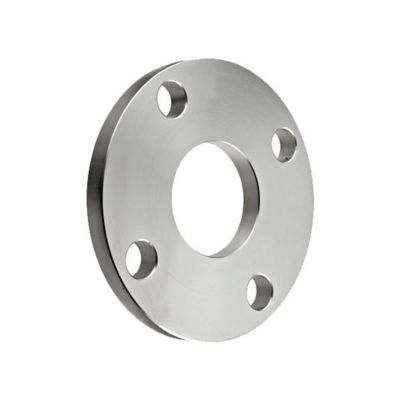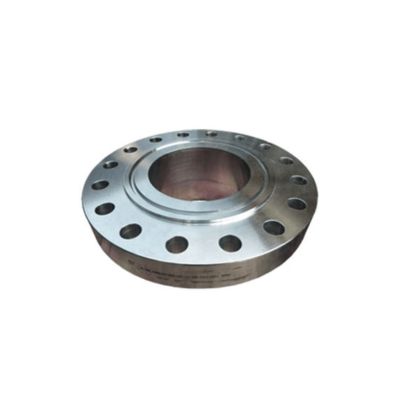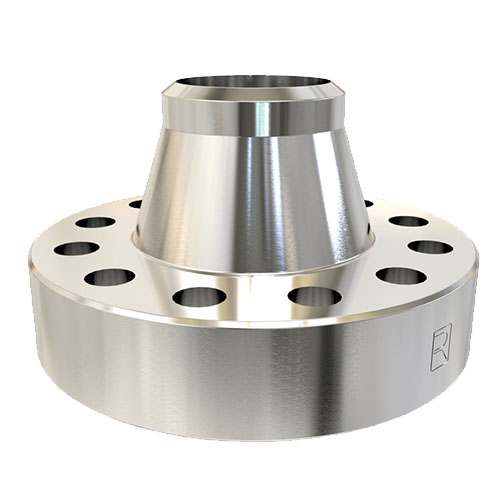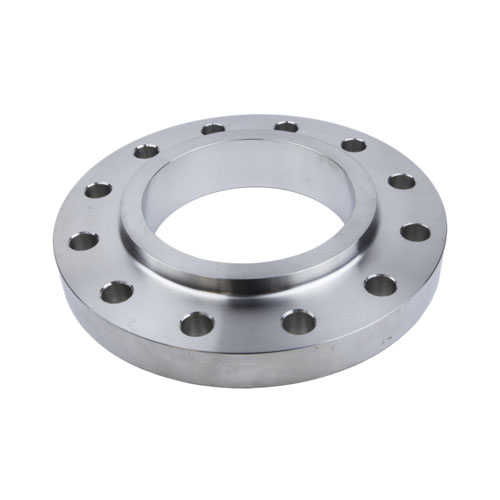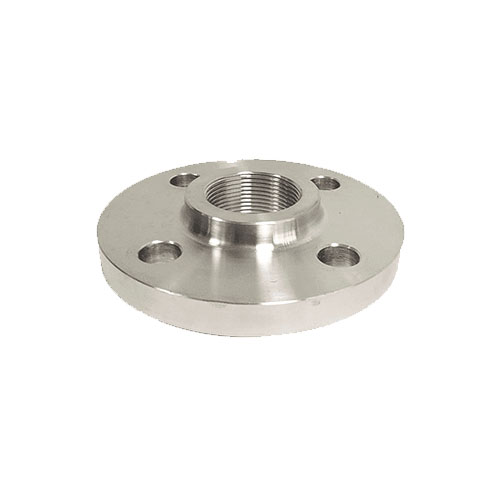Leading Flanges Manufacturer in India – Exporting Globally
Kayon Forging Corporation (KAFCO) is one of India’s leading flange manufacturers, suppliers, and dealers. Based in India, we specialise in producing and exporting high-quality flanges. Whether you need flanges for automotive, aerospace, shipbuilding, or power plant industries, we are your trusted solution.
With a large inventory and years of experience, we have fulfilled many customer needs both in India and internationally. Our flanges come in various grades, diameters, and sizes to suit different requirements.
We are trusted flange suppliers in India and serve customers in the USA and the UK as well. Whether you’re looking for stainless steel flange suppliers in India or flange manufacturers in the USA and the UK, KAFCO Asia is your reliable partner.
MS Flanges Manufacturer & Exporter in India
We are a trusted stainless steel flanges manufacturer in India, offering a wide range of high-quality flanges, including SS flanges, MS flanges, copper flanges, and alloy flanges. As experienced carbon steel flanges manufacturers in India, we produce flanges that meet international standards, making them ideal for industries in the USA, UK, and other global markets. Whether you need durable stainless steel or carbon steel options, we ensure quality and reliability with every order.
From the careful selection of raw materials to precise manufacturing and thorough quality checks, our skilled team oversees every step of the process. We handle all aspects of production, packaging, and storage with utmost care to maintain product integrity. Efficient logistics and timely shipment ensure that our flanges reach clients worldwide safely and on schedule, supporting their operational needs without interruption.
Get a free quotes
Types Of Flanges
Flanges are available in various types like weld neck, slip-on, blind, and threaded etc. Each is designed for specific pressure, piping, and industrial application needs.
Applications & Uses of Flanges
Flanges are essential components in piping systems, used to connect pipes, valves, pumps, and other equipment while allowing easy access for cleaning, inspection, or modification. They provide a tight, secure seal that ensures leak-free performance under varying pressure and temperature conditions.
Depending on the type and material, flanges can be used in low-pressure environments or demanding high-pressure industrial systems. Their versatility, strength, and reusability make them a preferred choice for systems requiring frequent maintenance or modular assembly.
- Oil and Gas Pipelines
- Petrochemical and Refining Plants
- Power Generation (Thermal, Nuclear, Hydro)
- Water and Wastewater Treatment Facilities
- Shipbuilding and Marine Applications
- Automotive Industry
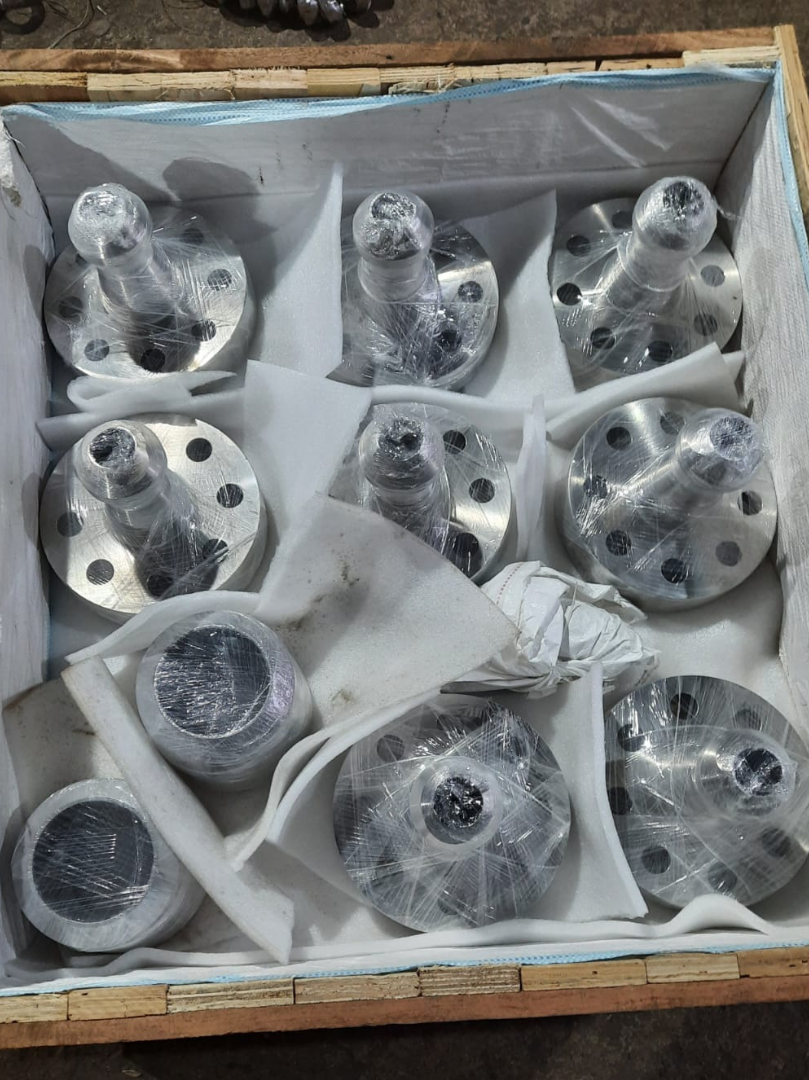
Global Shipping & Logistics
Navigating global supply chains is our strength. We offer door-to-door international shipping, backed by a skilled logistics team that ensures smooth customs handling, timely delivery, and secure packaging for all orders, big or small.
For further inquiries call
We ensure safe, timely, and efficient delivery across the globe with streamlined logistics and trusted shipping partners — no matter where you are.
Flanges FAQ's
Get easy answers to common questions about flanges, including their types, uses, standards, and tips to help you choose the right one for your needs.
Are flange dimensions standardized worldwide?
Yes, flange dimensions follow international standards like ANSI, DIN, JIS, and ISO to ensure compatibility, though each standard has its own sizing and pressure classes.
Are flanges suitable for hot and cold conditions?
Yes, but the flange material and gasket must be chosen based on the temperature range to prevent failure due to thermal expansion or contraction
What maintenance is needed for flanged joints?
Regular inspection for leaks, corrosion, and bolt tightness is key. Retighten bolts if necessary and replace gaskets during maintenance to maintain a secure seal.
Can flanges be used in high-pressure systems?
Some flanges, like weld neck and RTJ types, are made to work well under high pressure. It’s important to pick flanges with the right pressure rating and material to keep your system safe and strong.
Can flanges be reused after removal?
It’s usually not a good idea to reuse flanges because they can get bent or damaged, especially welded ones. To keep things safe and leak-free, it’s better to use new flanges.
How do I select the right flange size?
Flange size generally matches the pipe diameter (nominal pipe size). Always verify dimensions with flange standards and consider pressure class and connection type. Call us for assistance!

